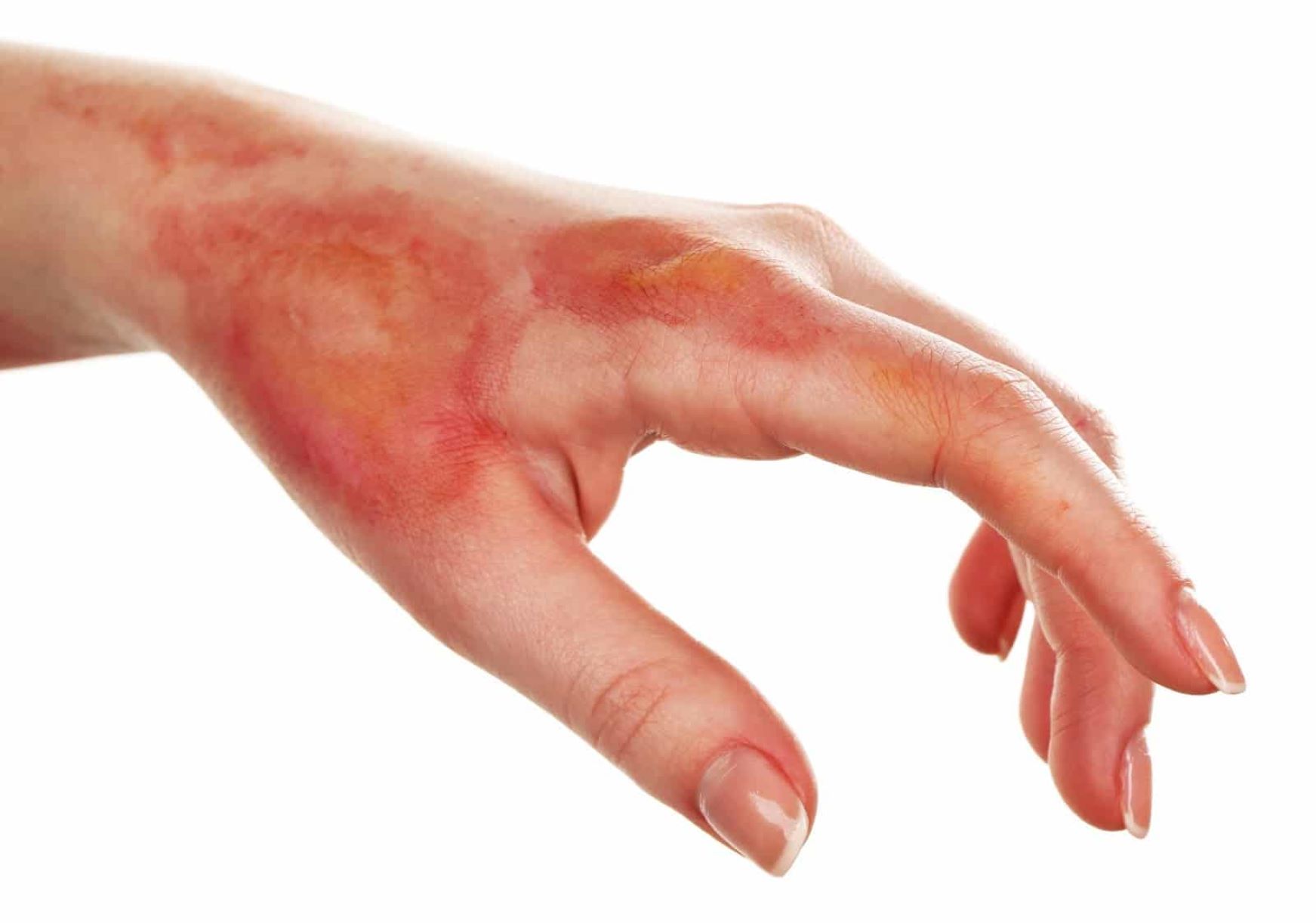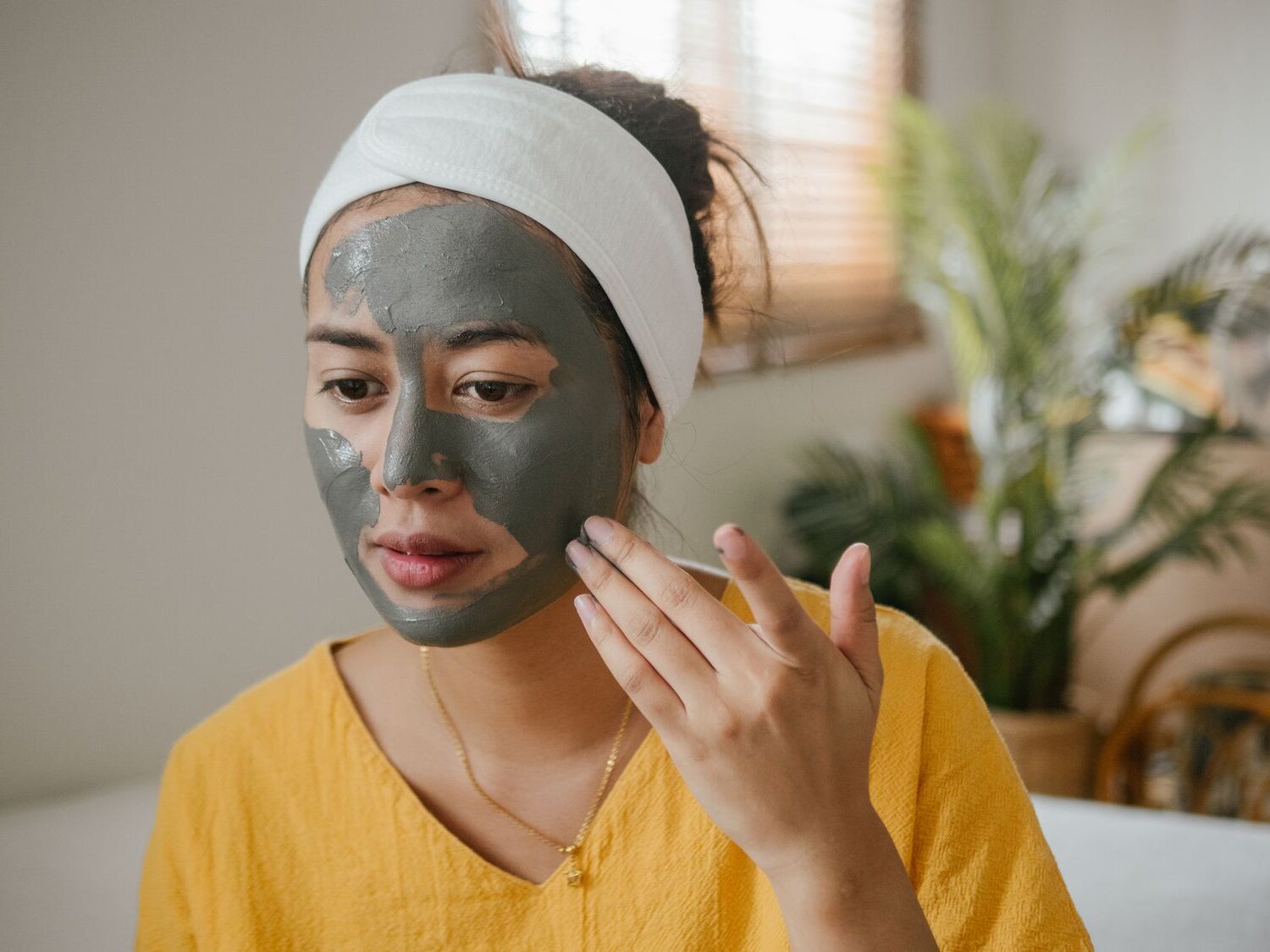
Burns, whether caused by fire, hot surfaces, or chemicals, can be a painful and serious experience. However, in the world of trivia and interesting facts, burns hold a different place. We often come across peculiar and fascinating information that sheds light on various aspects of burns – their history, effects, and even some surprising treatments. In this article, we will delve into the realm of burns and explore 10 fun facts that you may not have known. From the bizarre burns suffered by historical figures to unique healing methods, get ready to discover some intriguing tidbits about burns that are sure to ignite your curiosity. So, let’s jump into the realm of burns and explore the lighter side of this intense topic!
Key Takeaways:
- Burns are a common household injury, so it’s important to be cautious and take preventive measures to avoid accidents like scalds from hot water or more severe burns from fire or chemicals.
- Children are more prone to burns, so it’s crucial to childproof your home, keep hot objects out of reach, and educate children about the potential dangers of burns.
Burns are a common household injury.
Did you know that burns are one of the most common types of injuries that occur at home? Whether it’s a small scald from hot water or a more severe burn from fire or chemicals, burns can happen to anyone, anywhere.
There are different types of burns.
Burns can be classified into different types based on their severity. The three main types are first-degree, second-degree, and third-degree burns. First-degree burns affect only the outer layer of skin, second-degree burns go deeper into the skin, and third-degree burns affect all layers of the skin.
Burns can be caused by various sources.
From hot liquids and steam to fire, electricity, and chemicals, burns can be caused by a wide range of sources. It’s important to be cautious and take preventive measures to avoid such accidents.
Minor burns can be treated at home.
If you have a minor burn, you can usually manage it at home by running cool water over the affected area, applying a soothing ointment, and covering it with a sterile bandage. However, if the burn is severe or covers a large area, it is crucial to seek medical attention.
Burns can lead to long-term complications.
While most minor burns heal without any long-term issues, severe burns can lead to complications such as infection, scarring, and even psychological trauma. The extent of the complications depends on the severity and location of the burn.
Children are more prone to burns.
Children have thinner skin, which makes them more susceptible to burns. It’s important to childproof your home, keep hot objects out of reach, and educate children about the potential dangers of burns.
Sunburns are a type of burn.
When your skin gets overexposed to the sun’s harmful UV rays, it can result in a sunburn. It is important to protect your skin with sunscreen and appropriate clothing to prevent sunburns.
Immediate first aid is crucial for burns.
When someone gets burned, it’s important to provide immediate first aid. Cooling the burned area with running water, covering it with a clean cloth, and seeking medical help if needed are essential steps to relieve pain and prevent further damage.
Scald burns are common among children.
Scald burns occur when hot liquids come into contact with the skin. Children are particularly vulnerable to scald burns as they may accidentally tip over hot beverages or touch hot objects while exploring their environment.
Proper fire safety measures can prevent burns.
Practicing fire safety at home and in public places is crucial to prevent burns. Installing smoke detectors, having fire extinguishers accessible, and knowing evacuation plans can make a significant difference in ensuring safety.
Conclusion
In conclusion, Burns is a fascinating subject with a rich history and a plethora of intriguing facts. From his revolutionary poetry to his romantic escapades, Burns continues to captivate people around the world. Whether you are a devoted fan or just curious about this legendary figure, exploring these fun facts will deepen your understanding and appreciation of the man behind the poems.
FAQs
Q: What is Robert Burns known for?
A: Robert Burns is known for his poetry, especially his lyrical and evocative verses written in Scottish dialect. He is considered the national poet of Scotland and his works, such as “Auld Lang Syne” and “Tam O’Shanter,” are widely celebrated and studied.
Q: When was Robert Burns born?
A: Robert Burns was born on January 25, 1759, in Alloway, Ayrshire, Scotland. This date is now celebrated as Burns Night, an annual event honoring his life and work.
Q: How many poems did Robert Burns write?
A: Robert Burns wrote approximately 550 poems during his relatively short life. His work covers a range of themes including love, politics, nature, and Scottish identity.
Q: Did Burns write in English or Scottish dialect?
A: Burns primarily wrote his poems and songs in Scottish dialect, specifically in a form known as Scots. However, he also wrote some works in English and used a combination of both languages in his writing.
Q: What is the meaning of “Auld Lang Syne”?
A: “Auld Lang Syne” translates to “old long since” or “times gone by” in English. It is a sentimental song often sung at the stroke of midnight on New Year’s Eve to bid farewell to the old year and welcome the new.
Q: Was Burns a romantic figure?
A: Yes, Burns is often portrayed as a romantic figure due to his passionate poetry and his reputation as a womanizer. His love affairs and relationships with various women have contributed to his romantic image.
Q: What is a Burns Supper?
A: A Burns Supper is a traditional Scottish event held on or around January 25th to celebrate the life and work of Robert Burns. It typically includes a formal dinner, recitations of Burns’ poetry, toasts, and the singing of his songs.
Q: Is Burns still relevant today?
A: Absolutely! Burns’ poetry continues to resonate with people of all ages and backgrounds. His themes of love, nature, freedom, and social justice are timeless and his works continue to be studied, performed, and enjoyed around the world.
Q: Are there any movies or adaptations based on Burns’ life?
A: Yes, there have been several film and TV adaptations inspired by Robert Burns’ life and work. Some notable examples include the 2010 film “The Angel’s Share” and the 1996 TV movie “The Canongate Burns”.
Q: Where can I learn more about Robert Burns?
A: There are numerous resources available to learn more about Robert Burns, including books, websites, museums, and cultural centers dedicated to his life and works. The National Trust for Scotland’s Robert Burns Birthplace Museum in Ayrshire is a great place to start.
Was this page helpful?
Our commitment to delivering trustworthy and engaging content is at the heart of what we do. Each fact on our site is contributed by real users like you, bringing a wealth of diverse insights and information. To ensure the highest standards of accuracy and reliability, our dedicated editors meticulously review each submission. This process guarantees that the facts we share are not only fascinating but also credible. Trust in our commitment to quality and authenticity as you explore and learn with us.


